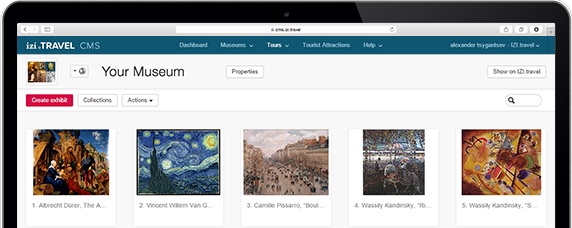Etruscan alphabet of Dupiane
Etruscan alphabet of Dupiane
The alphabet restored from the necropolis of Dupiane, a stone that looks like a rock, was inside the Florentine museum warehouses and along with the golds and the terracottas of the so‐called Domus of Medea, it was returned to Vetulonia about 11 years ago (in 2004). On one of the faces of this stone, unfortunately not entirely preserved, runs from right to left, an alphabet, one of the few known and preserved of the Etruscan age.
We are in the Hellenistic period, around the III BC, and the alphabet is, for specialists, one of the "third generation"copies, that is, an alphabet brought by the Greeks in Italy, with all the letters corresponding to the phonemes that the Greeks used in their own language, firstly entirely acquired by the Etruscans, then subsequently modified removing the letters corresponding to sounds that the Etruscans did not use in their language and finally integrated with letters that defined sounds unknown to the Greek language. The alphabet of Dupiane, running from right to left, according to an use from the Etruscans up to Leonardo Da Vinci, clearly exemplifies these changes. At the beginning of the sequence, from the letter "a" we pass directly to "e", this is because the three well‐known intermediate consonants, of the alphabetic series, that is "b", "c" and "d" change place or disappear.
The "c", which expressed a guttural hard sound, some kind of γ (gamma), moves toward the center of the alphabetic series, after the "i" and before the "l". The letters corresponding to the voiced consonants "b" and "d", that the Etruscans cannot pronounce in their own language, are eliminated from the alphabet, as well as with the vowel "o", well known in two examples in the greek alphabet as Omicron (o closed) and as Omega (o open). The voice of grave timber, closed, is
unified in the Etruscan world in "u", for which we find only four vowels "a", "e", "i", "u"; in place of voiced consonants "b" and "d", they are used the corresponding voiceless consonants, represented by "p" and "t".
We are in the Hellenistic period, around the III BC, and the alphabet is, for specialists, one of the "third generation"copies, that is, an alphabet brought by the Greeks in Italy, with all the letters corresponding to the phonemes that the Greeks used in their own language, firstly entirely acquired by the Etruscans, then subsequently modified removing the letters corresponding to sounds that the Etruscans did not use in their language and finally integrated with letters that defined sounds unknown to the Greek language. The alphabet of Dupiane, running from right to left, according to an use from the Etruscans up to Leonardo Da Vinci, clearly exemplifies these changes. At the beginning of the sequence, from the letter "a" we pass directly to "e", this is because the three well‐known intermediate consonants, of the alphabetic series, that is "b", "c" and "d" change place or disappear.
The "c", which expressed a guttural hard sound, some kind of γ (gamma), moves toward the center of the alphabetic series, after the "i" and before the "l". The letters corresponding to the voiced consonants "b" and "d", that the Etruscans cannot pronounce in their own language, are eliminated from the alphabet, as well as with the vowel "o", well known in two examples in the greek alphabet as Omicron (o closed) and as Omega (o open). The voice of grave timber, closed, is
unified in the Etruscan world in "u", for which we find only four vowels "a", "e", "i", "u"; in place of voiced consonants "b" and "d", they are used the corresponding voiceless consonants, represented by "p" and "t".
Download the free izi.TRAVEL app
Create your own audio tours!
Use of the system and the mobile guide app is free


